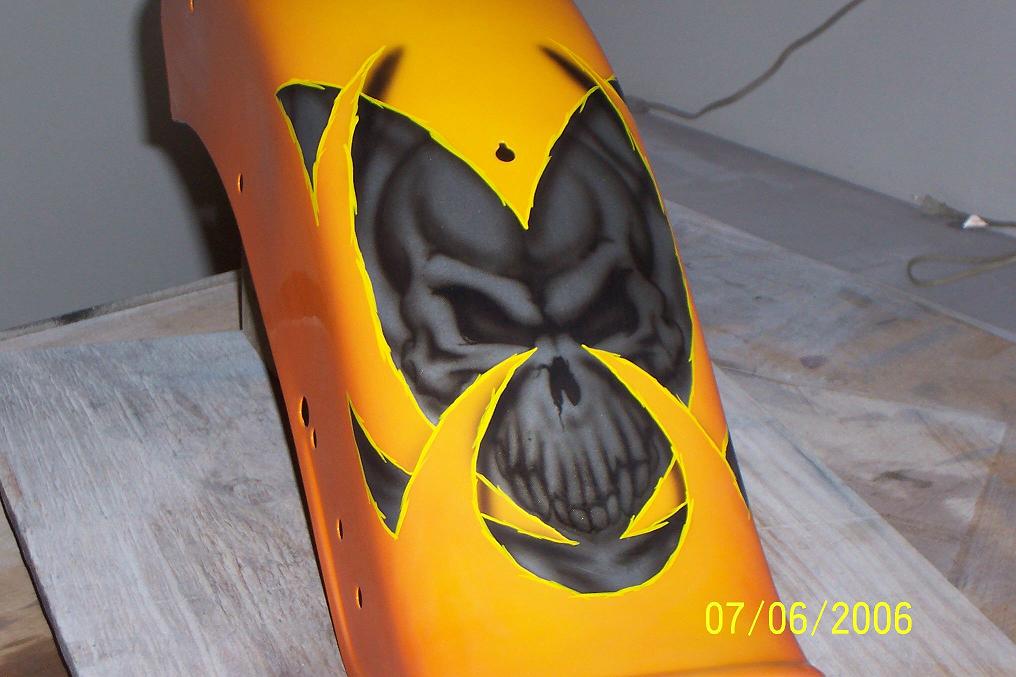 |
 |
 |
 |
 |
 |
 |
 |
 |
 |
 |
Automotive primers
When painting a car it is very important not only to choose the right paint, but also a primer. Primer is an intermediate layer between the base metal of the car body and the final coating, i.e. the paint. That is why you should not save on car primer, because the primer is the base for the paint and additional corrosion protection. A well-prepared surface prior to painting is a guarantee of longevity of the ready paint coating.
It is very important to choose a high quality primer, which, of course, will not be cheap. The fact is that most inexpensive primers shrink after a while and on the surface of the car appear typical puddles, scratches from sanding are visible, and the paint sags. This spoils the appearance of the car and the essence of painting is lost. Most often such mistake is made by inexperienced painters, and after a few weeks they have to repaint the damaged area anew (repaint).
Automotive primers have an increased adhesion (adhesion to the surface). The thickness of the primer coat is often about 15-20 microns and is controlled with the paint coating thickness gauge.
Automotive primers can be divided into several categories according to the mechanism of protective action:
1. Passivation automotive primers contain chromates of some metals or other substances that convert the painted surface into a passive state when interacting with moisture. Passivating primers used in car painting include GF-031, GF-017, etc. Lead sulfuric primer is often used to protect car fenders and underbody from corrosion.
2. Treaded car primers act as a tread against metal. They contain in their composition a dust of metal that has a lower potential than iron (e.g. zinc, lead, aluminum or some alloys). In case the surface layer of the paint coating is damaged, the zinc contained in the primer will be the first to take the hit of the aggressive corrosive environment, thereby protecting the base metal. Protective primers that are often used in car repairs include EP-057 and some others. Automotive protector primer EP-057 is a suspension of zinc powder in epoxy resin E-41, hardened with polyamide hardener #3 and stabilized with bentonite.
Automotive primers with inert particles have no protective effect on the metal surface and do not interact with film-forming substances. Automotive primers with inert pigments prevent penetration of moisture mechanically. Among them there are automobile primers FL-OZK, also GF-21 (often used for minor repairs of bodywork).
4. automotive primers of phosphating action. This type of automotive primers contains phosphoric acid, which in interaction with the surface of the protected metal forms a strong layer of hard-soluble phosphates. The primer layer adheres firmly to the surface (automotive primer has good adhesion). The most optimal layer thickness is 8 to 12 ?m (less than other types of primers). Phosphating primers include compositions VL-023 and VL-02. The primers that contain acid have a property of penetrating into the base metal by about 0.05 ?m, which increases the adhesion of the protective layer. After applying phosphating primers VL-025, VL-08 and VL-02 you can apply a secondary primer layer, such as FL-03K, GF-020, etc.
There is another type - automotive rust modifier primer (rust product converter). The main advantage of this primer is that it can be applied to the metal surface without removing corrosion products from it. The rust converter "converts" the corrosion products together with the other constituents of the primer into a strong protective film. Most rust-converter primers are applied in one or two layers with a brush or by spraying. The recommended temperature is at least 15°C.
 |

